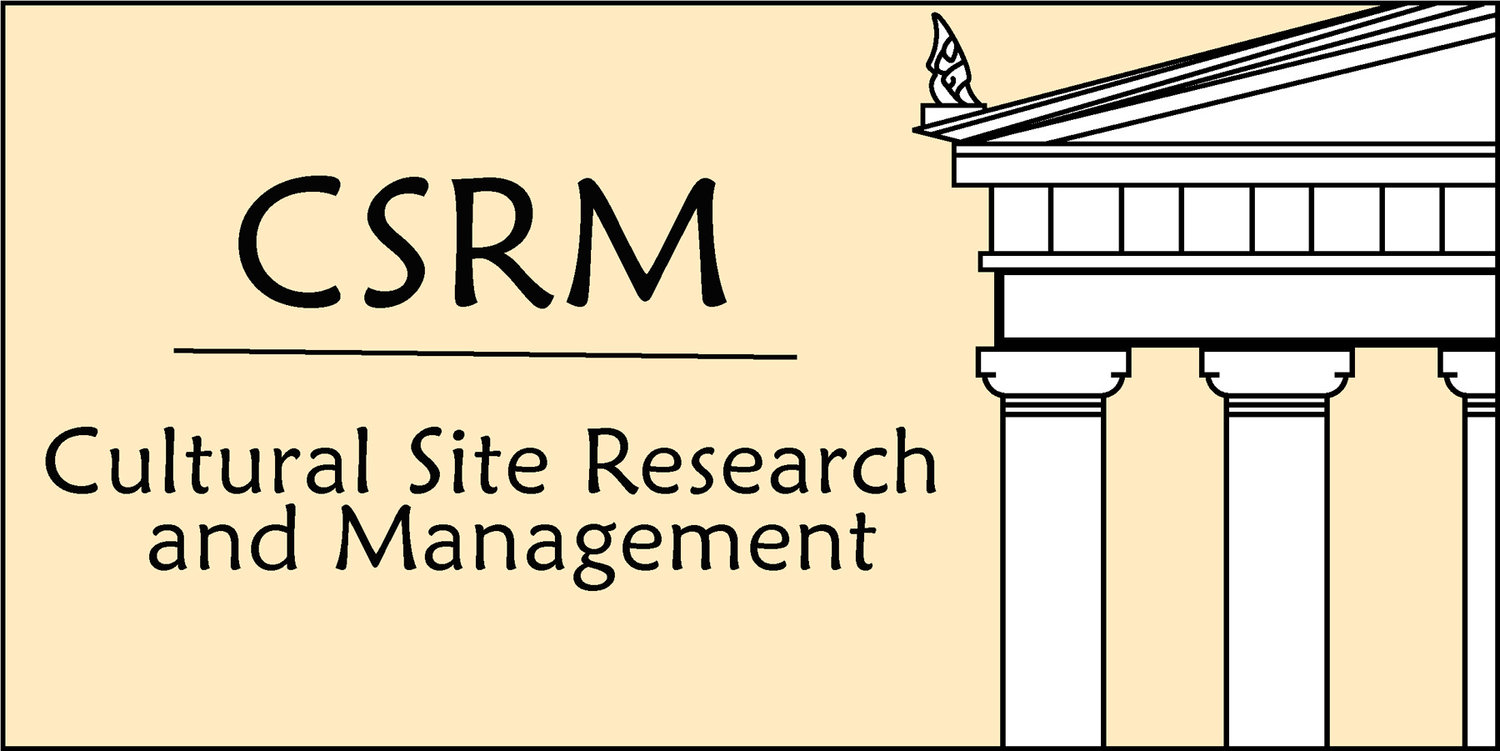The distinctively African Kingdoms of Kush have been lost in many ways. Their absence from most accounts of world history has led us to ignore the increasing environmental threats to hundreds of pyramids and temples.
1922 photo of the Meroe pyramids, showing no sand dunes where we see them today.
Desertification is an abstract concept to most people in the developed world, but to those living in and around the Sahara, it is an undeniable fact that threatens their lives and the monuments that testify to the global influence of ancient African kingdoms. In the West, those who have heard of Kush have probably read of Taharka (also spelled "Taharqo"), the “savior of Jerusalem,” who repulsed the attack on that city by the Assyrians in the seventh century BC. In fact, Taharka was one of what are widely known as the “Black Pharaohs” of the 25th Egyptian Dynasty, which was really an expansion of the Kushite Napatan Kingdom with its capital far to the south, near the Fourth Cataract of the Nile. Some might also have heard of the pyramids at Meroe, the capital of Kush from the fourth century BC to the fourth century AD, which is situated on the Nile even farther to the south not far from the Sixth Cataract.
Wind-blown sand is scouring the pyramids.
Today, the pyramids and other monumental structures at Napata and at Meroe are eroding. Dunes have formed over recent decades, and strong winds drive sand against the structures with enormous force. The damage is clearly seen in the facades of the monuments, and in many cases is so pronounced that it threatens to cause the collapse of the structures themselves.
Damage by wind-blown sand is made more severe by the movement of livestock and people over the structures.
Installing infrared counters to track movement of people and large animals
CSRM is working to protect these archaeological sites along many fronts. To make the world aware of the importance of the sites, we are collaborating in the development of exhibits. Some of these will be shown at the sites themselves and others will travel to Europe and, it is hoped, to the United States. We are also assisting in the development of the management structure needed to coordinate conservation efforts and accommodate visitors who will be attracted to the archaeological sites. In doing this, we are making every effort to nurture local small businesses. The overall intent of these efforts is to develop a network of support that extends from the local to global, one that must be put in place very soon in order to preserve these sites that are in danger of being lost forever.
During the dry season, wells like this are the only source of water for many local populations.






